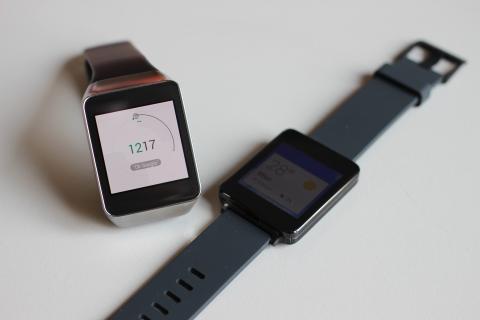Why more athletes are giving up on smartwatches

, by The Conversation
These practices have become commonplace in the world of sport, even for amateurs.
This digitization of physical activity is unfolding against the backdrop of a global proliferation of self-quantification tools used to measure productivity at work, track calorie intake, blood sugar levels and weight, monitor sleep regulation and more.
The market for these tools in sports activities, alone, is both lucrative and competitive. As Finnish researchers Pekka Mertala and Lauri Palsa report, the digital sports technology business is estimated to be worth $12 billion a year, with more than 10,000 portable digital devices for running, alone. Some 90 percent of amateur runners now use a smartwatch or mobile application.
Tracking your body with numbers is associated with a series of promises to become more active, happy and healthy, and with the concept of empowerment. Because of its objectivity and transparency (compared with the approximate nature of bodily sensations), this knowledge is considered to be the foundation of a personal self-optimization project.
These embedded devices are also used for motivational support, to encourage regularity and assiduity and to put an end to lifestyle habits that are deemed unhealthy. Becoming part of a community of exercisers can also increase motivation by interweaving systems of mutual encouragement and competition.
Yet we are currently seeing a slowdown in this market linked to a massive phenomenon of either discontinuing the use of digital devices or, at the very least, using them for short periods.




























Comments
Does Not
Comment
Think About It
Comment